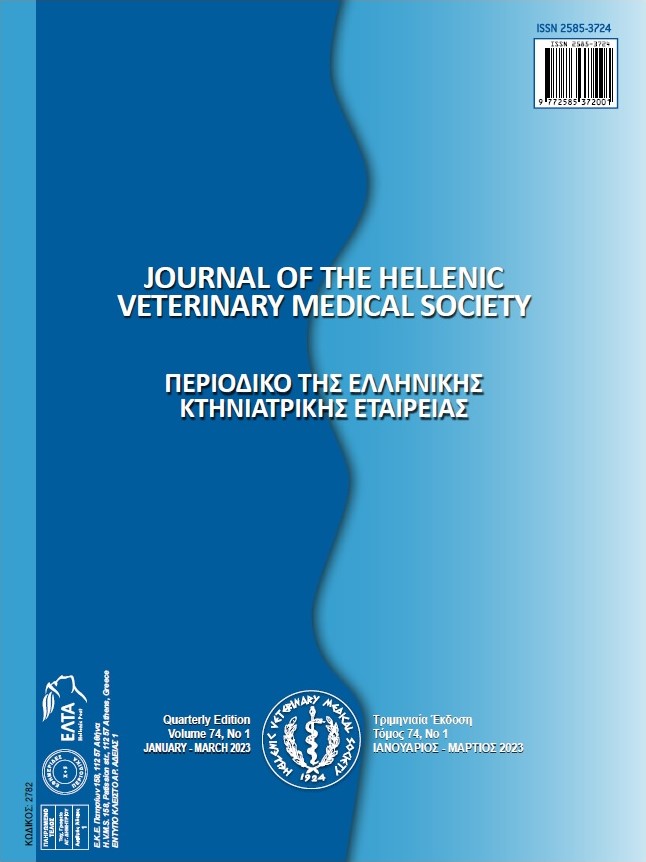Detection of antimicrobial residues in bovine meat marketed at Tizi-Ouzou area (Algeria), by a microbial screening assay

Abstract
To determine the incidence of antimicrobial residues in bovine meat using a microbiological method, 209 samples of bovine meat (imported: 153; 56 locals: 56) were collected through various retail outlets in Tizi-Ouzou area, Algeria. The collected samples were tested according to the European Union four-plates method (EU4pt), using Bacillus subtilis and Micrococcus luteus ATCC 9341. Only 60 (34/56 local meat and 26/153 imported meat) samples were free from antibiotics residues. Higher prevalence of residues was observed in imported bovine meat (83.01%) than local produced bovine meat (39.29%). High frequencies of contamination for all classes of antibiotics were observed in imported meat rather than local produced meat. From this latter, contamination with β-lactams and/or tetracyclines and sulfonamides was observed in 23.21% and 19.64% respectively. Sulfonamides were the most detected residues in the imported meat with 81.05%. 59.73% of samples were contaminated at least with two families of antibiotics residues, but in proportion that significantly (p<0.05) differ between imported (67.71%) and local produced meat (13.64%). Besides, one antibiotic residue family was detected in most (86.36%) of the contaminated bovine meat produced in Algeria. Our results confirm the non-respect of the withdrawal period between the treatment and slaughter of bovines. For this, further procedures for rational use of antibiotics in livestock and food quality control are required.
Article Details
- How to Cite
-
TITOUCHE, Y., Akkou, M., & Houali, K. (2022). Detection of antimicrobial residues in bovine meat marketed at Tizi-Ouzou area (Algeria), by a microbial screening assay. Journal of the Hellenic Veterinary Medical Society, 73(2), 4063–4068. https://doi.org/10.12681/jhvms.26396
- Issue
- Vol. 73 No. 2 (2022)
- Section
- Research Articles

This work is licensed under a Creative Commons Attribution-NonCommercial 4.0 International License.
Authors who publish with this journal agree to the following terms:
· Authors retain copyright and grant the journal right of first publication with the work simultaneously licensed under a Creative Commons Attribution Non-Commercial License that allows others to share the work with an acknowledgement of the work's authorship and initial publication in this journal.
· Authors are able to enter into separate, additional contractual arrangements for the non-exclusive distribution of the journal's published version of the work (e.g. post it to an institutional repository or publish it in a book), with an acknowledgement of its initial publication in this journal.
· Authors are permitted and encouraged to post their work online (preferably in institutional repositories or on their website) prior to and during the submission process, as it can lead to productive exchanges, as well as earlier and greater citation of published work.



